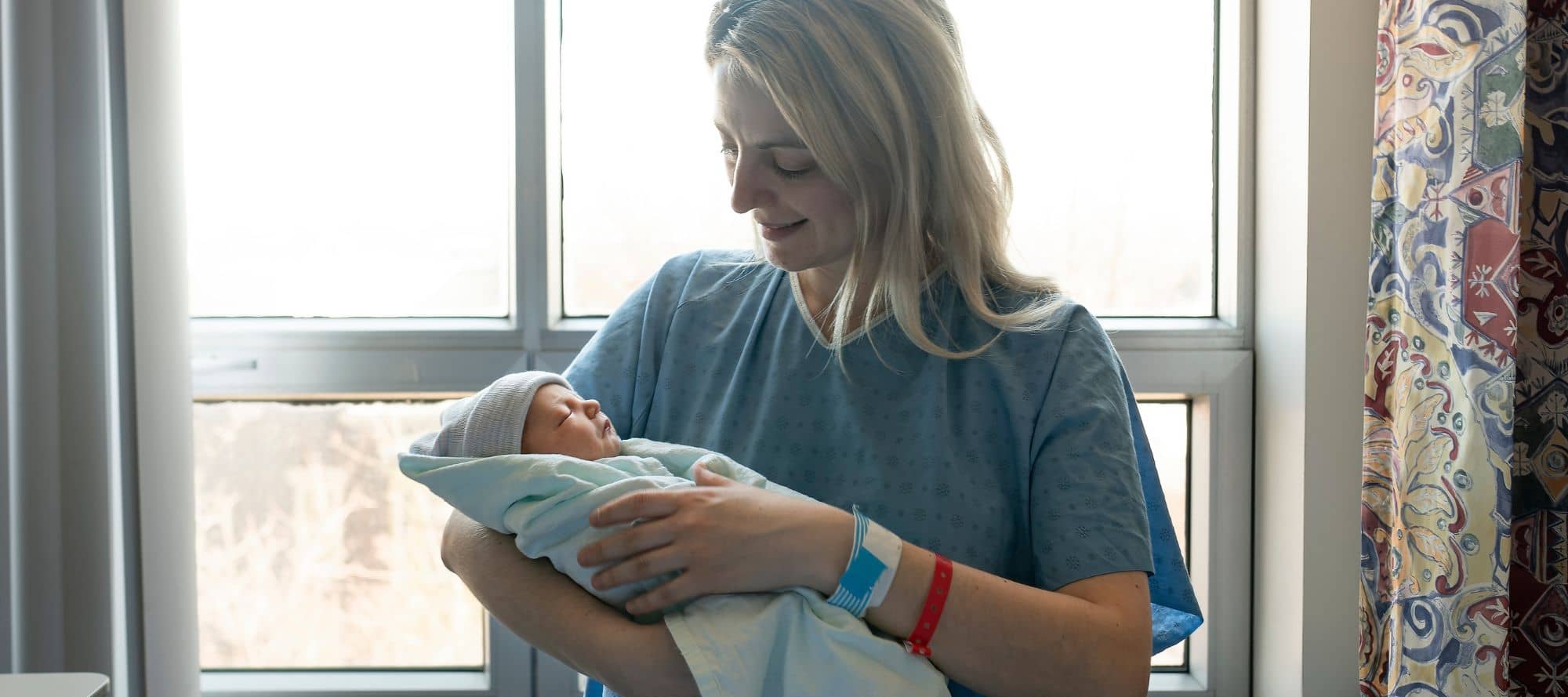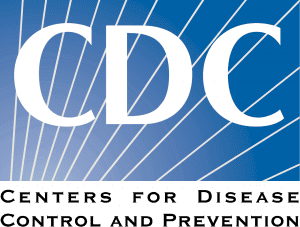- Estimating the Heritability of SARS-CoV-2 Susceptibility and COVID-19 Severity
Investigators estimate the shared environment and heritability of SARS-CoV-2 susceptibility and COVID-19 severity using electronic health record (EHR) data from New York-Presbyterian/Columbia University Irving Medical Center (NYP/CUIMC) and linked pedigree data. Not only are they going to estimate how much of the risk of severe disease correlates with ones’ genotype but they are also going to suggest that over time heritability of SARS-CoV-2 susceptibility increased while the estimates for shared environment decreased.They start by identifying 12,764 patients in our pedigree that received a conclusive (positive or negative) PCR test for SARS-CoV-2 (Fig. 1). These patients belonged to 5,676 families with an average of 2.5 SARS-CoV-2 tested members per family. Much of this is based on estimates. For instance, they estimated heritability and shared environment using only those families with higher degree relatives (second, third, and fourth degrees). For this sample, they found that genetics explained 57% (95% CI: 37–78%) of variation while shared environment explained 34% (95% CI: 20–49%).
- Neonatal Outcomes After COVID-19 Vaccination in Pregnancy
These are the results of a population-based cohort study from Sweden and Norway that included 94,303 infants whose moms got COVID-19 vaccination during pregnancy and 102,167 control infants born between June 2021 and January 2023 whose moms did not get vaccinated. They found that the protected infants exhibited no increased odds of adverse neonatal outcomes, and they exhibited lower odds for neonatal nontraumatic intracranial hemorrhage (event rate, 1.7 vs 3.2/1000; adjusted odds ratio [aOR], 0.78 [95% CI, 0.61-0.99]), hypoxic-ischemic encephalopathy (1.8 vs 2.7/1000), and a 50% reduction in neonatal mortality (0.9 vs 1.8/1000)
- Early Estimates of Updated 2023–2024 (Monovalent XBB.1.5) COVID-19 Vaccine Effectiveness Against Symptomatic SARS-CoV-2 Infection Attributable to Co-Circulating Omicron Variants Among Immunocompetent Adults — Increasing Community Access to Testing Program, United States, September 2023–January 2024
For this investigation tests conducted at participating CVS Pharmacy and Walgreen Co. (Walgreens) locations during September 21, 2023–January 14, 2024, among adults who reported ≥1 symptom of COVID-19 were included in the test-negative design study. For the full analysis, case-patients were persons who received a positive nucleic acid amplification test (NAAT) result; control patients were those who received a negative NAAT result. Tests among persons fulfilling several specific criteria were excluded from analyses. Type of most recent vaccine dose (original monovalent, bivalent, or updated monovalent) was determined by the reported date of receipt of the dose. VE against symptomatic disease was calculated by comparing odds of receipt versus nonreceipt of the updated COVID-19 vaccine among case- and control patients. Among 9,222 NAAT results for persons with COVID-19–like illness symptoms eligible for the full analysis, 3,295 (36%) were positive for SARS-CoV-2. In the full analysis, VE for persons aged 18–49 years was 57% (95% CI = 48%–65%) and for persons aged ≥50 years was 46% (95% CI = 31%–58%). Overall VE was 58% (95% CI = 48%–65%) among those who received testing 7–59 days after receipt of updated vaccine and 49% (95% CI = 36%–58%) among those who received testing 60–119 days after receipt of updated vaccine. - Contralateral Second Dose Improves Antibody Responses to a Two-dose mRNA Vaccination Regimen
Here investigators assessed serological responses to initial COVID-19 vaccination in baseline seronegative adults who received second–dose boosters in the ipsilateral or contralateral arm relative to initial vaccination. They measured serum SARS-CoV2 spike-specific Ig, RBD-specific IgG, SARS-CoV-2-nucleocapsid-specific IgG, and neutralizing antibody titers against SARS-CoV-2.D614G and SARS-CoV-2.B.1.1.529 (Omicron) at approximately 0.6, eight, and 14 months after boosting. They reported that in 947 individuals, contralateral boosting was associated with higher spike-specific serum Ig, and this effect increased over time from a 1.1-fold to a 1.4-fold increase by 14 months (P < 0.001). A similar pattern was seen for RBD-specific IgG. Among 54 pairs matched for age, gender and relevant time intervals, contralateral boosting resulted in significantly higher binding and neutralizing antibody titers, with progressive increase over time, ranging from 1.3-fold (total Ig, P = 0.007) to 4.0-fold (pseudovirus neutralization to B.1.1.529 P < 0.001).
- Substantial Health and Economic Burden of COVID-19 During the Year After Acute Illness Among US Adults Not at High Risk of Severe COVID-19
This study included eligible adults who were diagnosed with COVID-19 from April 1 to May 31, 2020, who were 18 − 64 years of age, and enrolled within Optum’s de-identified Clinformatics® Data Mart Database for 12 months before and 13 months after COVID-19 diagnosis. They included 3,792 patients; 56.5% of patients were men, 44% were White, and 94% did not require hospitalization. Compared with baseline, patients during the post-acute phase had percentage increases in the diagnosis of the following disorders: blood (166%), endocrine and metabolic (123%), nervous system (115%), digestive system (76%), and mental and behavioral (75%), along with increases in related prescriptions. Substantial increases in all measures of healthcare utilization were observed among all three cohorts. Total medical costs increased by 178% during the post-acute phase. Those who were hospitalized with or without ICU admission during the acute phase had the greatest increases in comorbidities and healthcare resource utilization. - Predictors of Non-recovery From Fatigue and Cognitive Deficits After COVID-19: A Prospective, Longitudinal, Population-based Study
Investigators analyzed longitudinal data from the population-based COVIDOM/NAPKON-POP cohort in Germany. Participants with confirmed SARS-CoV-2 infection were assessed at least six months (baseline) and again at least 18 months (follow-up) after infection using the Functional Assessment of Chronic Illness Therapy-Fatigue (FACIT-Fatigue) Scale (cutoff ≤ 30) and the Montreal Cognitive Assessment (MoCA, cutoff ≤ 25). Predictors of recovery from fatigue or cognitive deficits between assessments were identified through univariate and multivariable logistic regression models. A total of 3,038 participants were assessed at baseline (median nine months after infection) and 83% responded to invitations for follow-up (median 26 months after infection). At baseline, 21% (95% confidence interval (CI) [20%, 23%]) had fatigue and 23% (95% CI [22%, 25%]) had cognitive deficits according to cutoff scores on the FACIT-Fatigue or MoCA. Participants with cognitive deficits showed a significant improvement in cognitive scores (g [95% CI] = 1.12 [0.90, 1.33]) and 57% (95% CI [50%, 64%]) had recovered from cognitive deficits. Significant risk factors for cognitive non-recovery were male sex, older age and <12 years of school education. Importantly, SARS-CoV-2 reinfection had no significant impact on recovery from fatigue or cognitive deficits.
Situation Dashboards



World Health Organization (WHO)
Novel Coronavirus (COVID-19) Situation from World Health Organization (WHO)


Johns Hopkins University (JHU)
Coronavirus COVID-19 Global Cases by the Center for Systems Science and Engineering (CSSE) at JHU


COVID-19 in US and Canada
1Point3Acres Real-Time Coronavirus (COVID-19) Updates in US and Canada with Credible Sources


Genomic Epidemiology COVID-19
Genomic Epidemiology of (COVID-19) Maintained by the Nextstrain team, enabled by data from GISAID.





